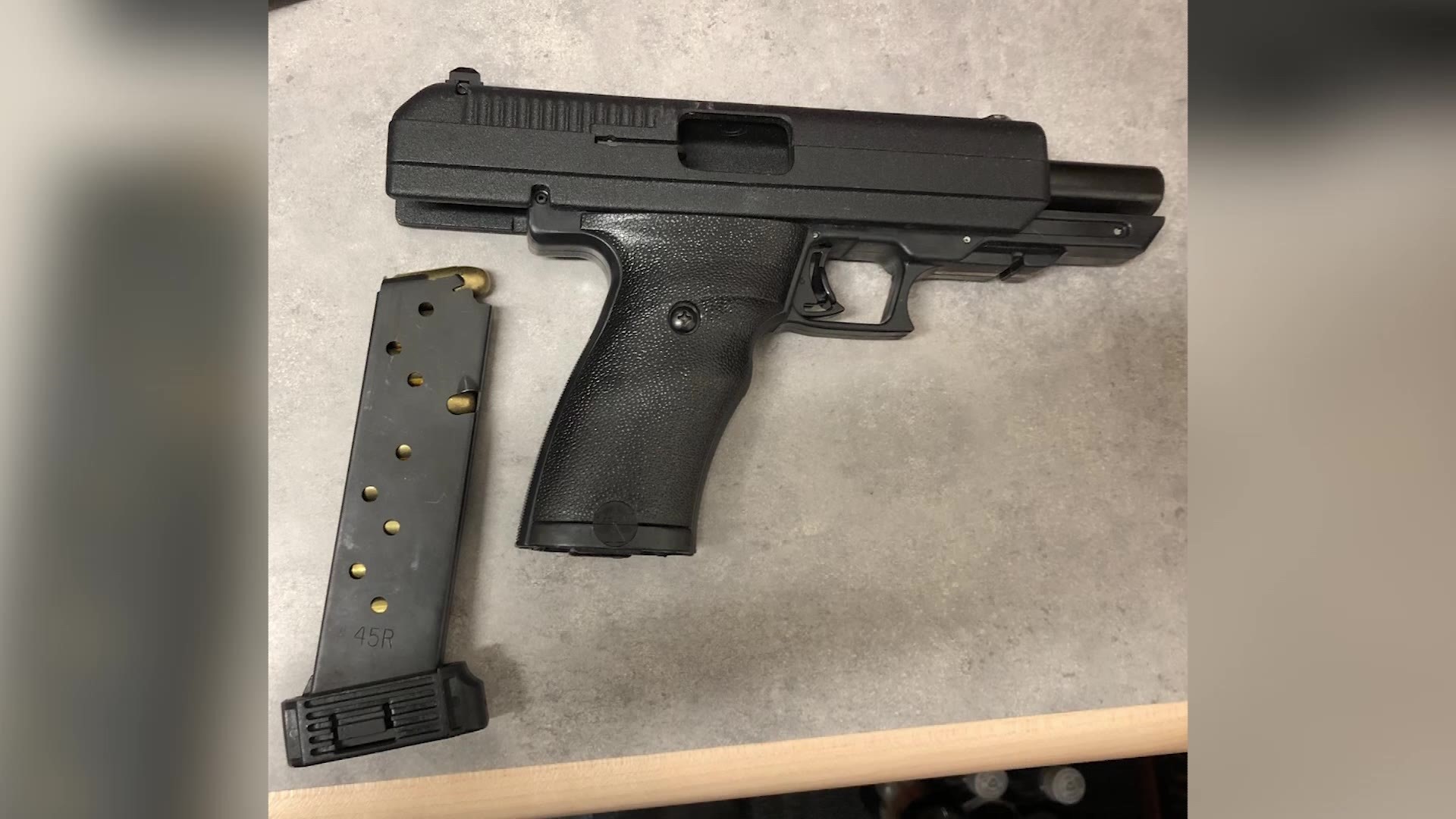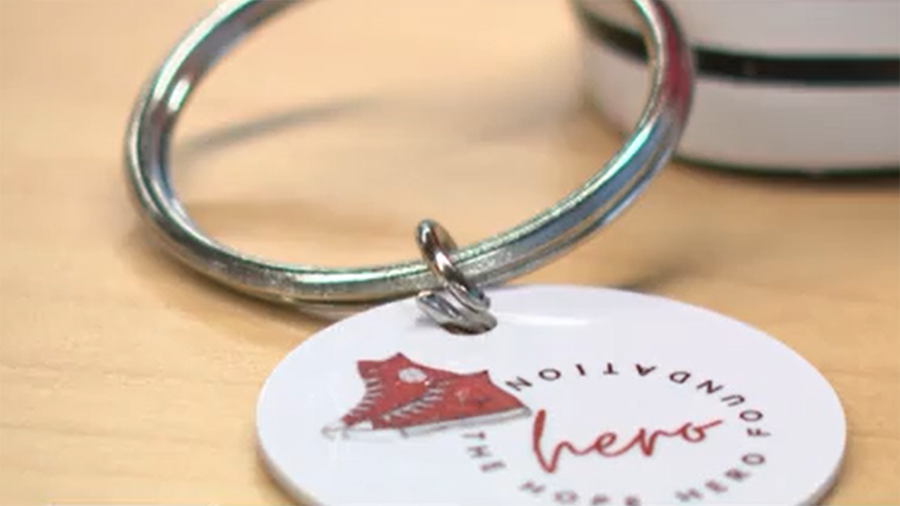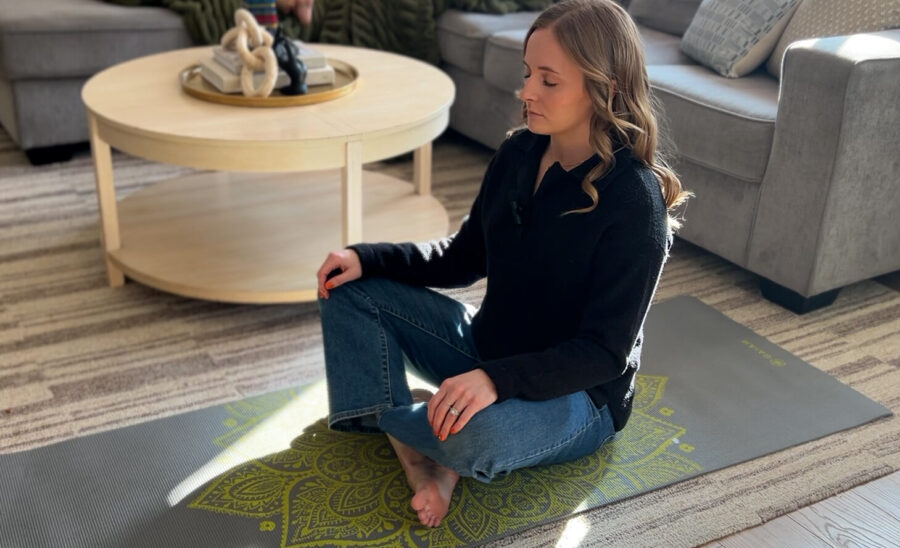Device helps local addicts through withdrawal symptoms quickly
Mar 12, 2018, 4:15 PM | Updated: Jun 8, 2018, 3:22 pm
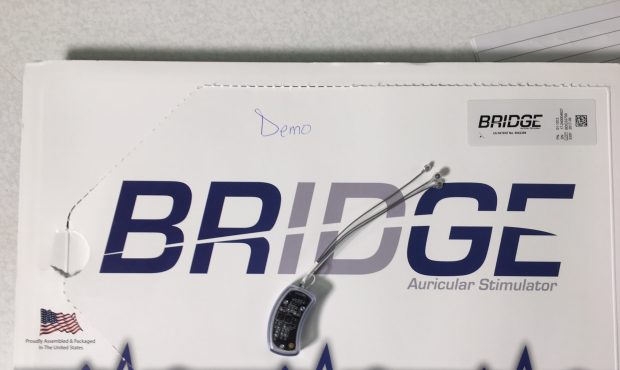
The NSS-2 BRIDGE fits behind the addict's ear and eases withdrawal symptoms.
SALT LAKE CITY, Utah — Freedom from opioid and heroin addiction can be hard to achieve, but a groundbreaking device could help addicts get off those drugs without all the pain and agony of withdrawal symptoms.
It’s called the NSS-2 BRIDGE. It fits behind the addict’s ear as they go through withdrawal. It’s already helped 10 opioid addicts at Odyssey House, despite a lot of initial skepticism.
Randy Burton, a former Utah heroin addict, was the first person in Utah to try the device.
“I’ve used pretty much every substance I could get my hands on,” Burton said. He said he got hooked on Oxycontin about a decade ago, which led to heroin use. “That societal anxiety was really subsided by the drug use.”
The device, which costs $595, sends electrical impulses to the brain and branches of nerves. The Federal Drug Administration cleared its use to reduce the symptoms of painful opioid withdrawals.
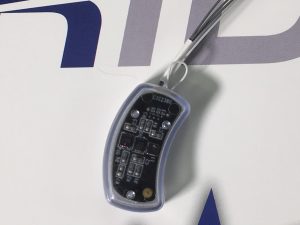
The NSS-2 BRIDGE device costs $595, fits behind the ear and sends electrical impulses to the brain and nerve branches to ease withdrawal symptoms.
Burton tried to kick his heroin addiction more than a dozen times during the last decade, but could never make it through the shakes, nausea, chills and anxiety of withdrawals.
“Not being able to think about literally anything else, but trying to get high,” Burton said.
A physician’s assistant with substance use treatment provider Odyssey House, first put the BRIDGE on Burton two months ago. After the device was placed behind his ear and it started giving electrical impulses, his heart rate dropped within minutes.
“I was in full blown withdrawals,” Burton said. “They put it on. Within 30 minutes, I wasn’t detoxing at all. I had no feeling of anxiety.”
While all of his physical symptoms from the withdrawal were gone within 30 minutes, the drugs had not yet cleared Burton’s system. Still, he said, he didn’t feel like using drugs.
“It was a night and day difference with how I felt,” Burton said. “I was ready to get sober once they put this on.”
Within an hour, he says, symptoms of the withdrawals were gone.
“Bridges that gap from being hopeless and homeless, and really desperate for anything, to being able to actually wake up and show up for my life,” Burton said.
Burton said the severity of the withdrawal symptoms keeps the majority of addicts from trying to get clean in the first place. Worn for five days, the BRIDGE helps addicts through the physical pain so they can start the emotional and mental work of recovery. Right now, Burton’s focusing on long-term sobriety and rebuilding important relationships.
Physician assistant Danele Cebrowski was very skeptical at first, but she said, “with every BRIDGE that I’ve placed, I’m no longer a skeptic. It’s amazing.”
Cebrowski said typical opioid or heroin withdrawals last several days to a week; symptoms include excruciating pain, nausea, chills, and sweating. Some even require hospitalization.
With this device, patients notice anxiety relief in the first 30 seconds.
“They are done with their detox,” Cebrowski said. “They’re not sitting screaming in a bed, holding their guts, having diarrhea, having vomiting.”

Despite initial skepticism, the NSS-2 BRIDGE device has helped ten opioid addicts at Odyssey House through withdrawal.
She said the most common reason people relapse is because they cannot endure the agony of the withdrawal.
“Getting through withdrawal is the hardest initial part,” she said. “It’s what keeps my patients back from staying sober to completing sobriety programs.”
While the device does not eliminate the risk of a relapse, it helps the patient get started on immediate sobriety so they can have hope for long-term sobriety.
“With this, the patient can be comfortable. It’s not physical agony and torture for them,” Cebrowski said.
She thinks products like this will become standard in helping opioid and heroin addicts go through withdrawals across the country. The device does not help with other substances.

